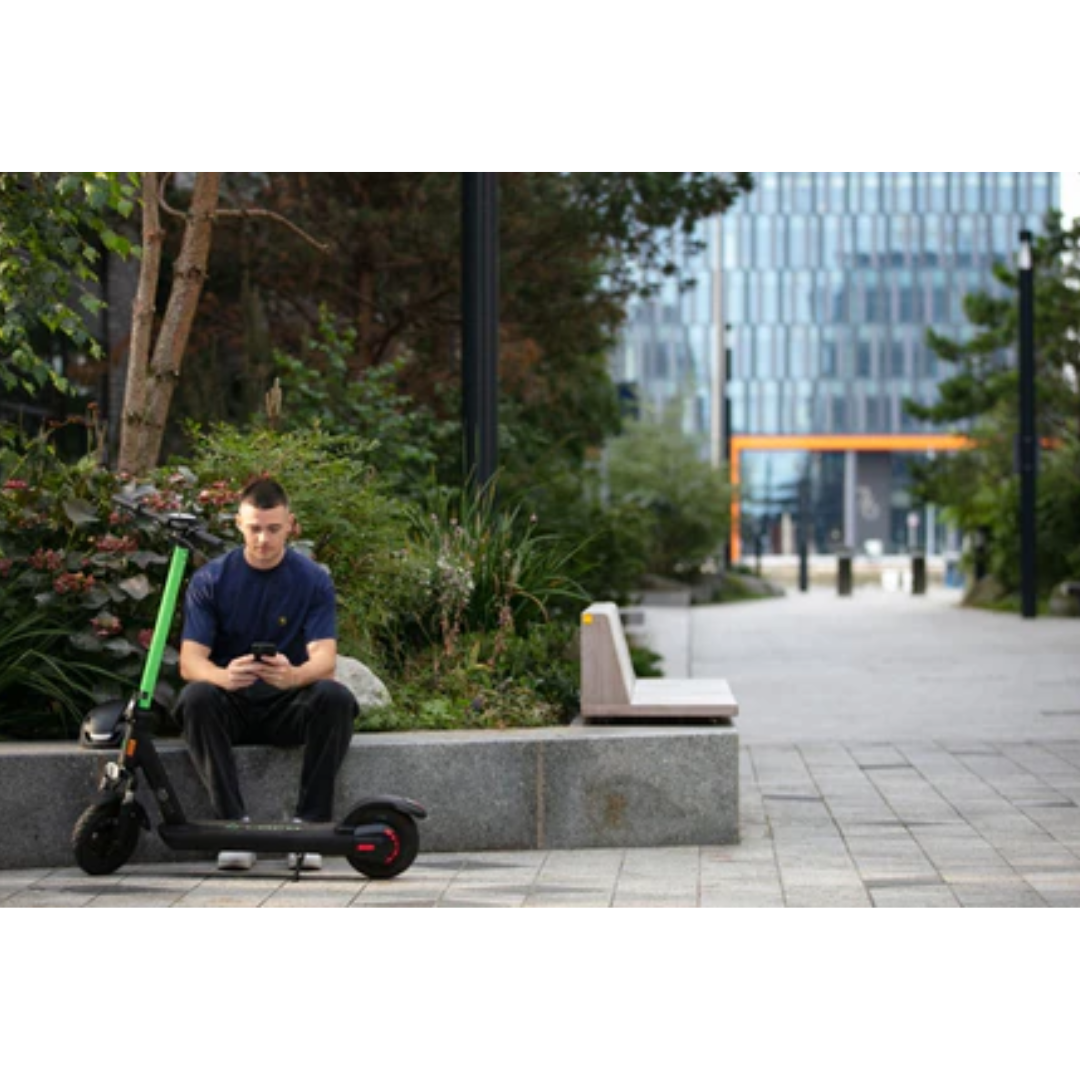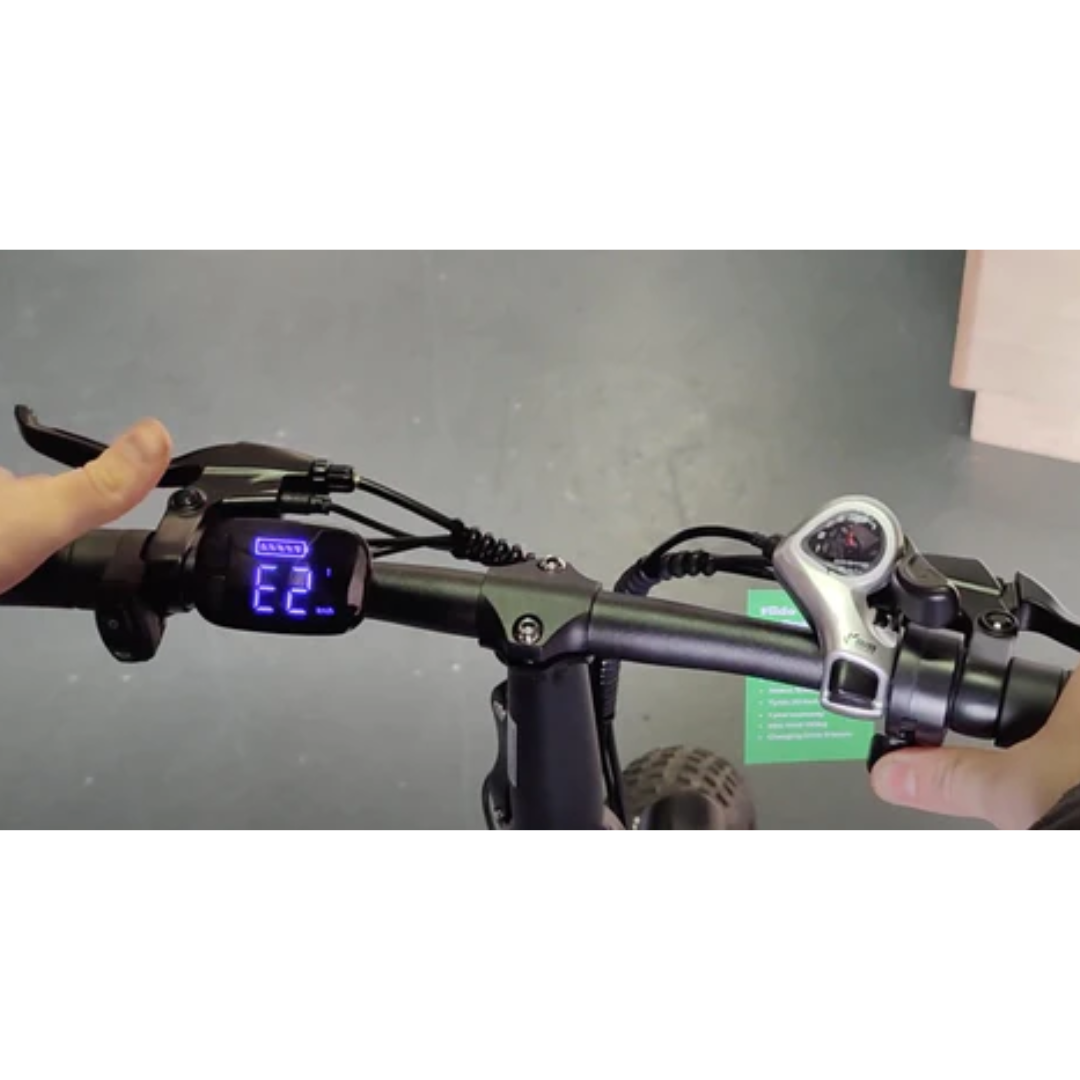Are electric scooters safe?
Our co-founder Paddy O'Brien joined Brianna Parkins on Today FM's The Last Word With Matt Cooper to discuss e-scooter safety. They discuss e-scooter safety surveys from UCLA (2018-2019), with Paddy signifying that the safety features of shared electric scooters have come a long way since then. Tune into this exciting discussion or read the transcript in full below.
You can listen to the full conversation on Today FM's GoLoud channel.
Transcript
Brianna:
Electric scooters are rising in popularity. They're fun to use, and they're cheap to run, but they are potentially very dangerous. According to research from UCLA that indicates that they're actually the most dangerous motor transport. Paddy O'Brien, co-founder and director of LOCO Scooters joins me on the line. Now, Paddy, you disagree with this research? Why?
Paddy:
Hi Brianna. Thanks for having me. So yeah, I looked at the research. I've actually been studying it as part of something else I'm doing at the moment. And it's important to point out first that the information is in relation to shared electric scooters and not electric scooters in general, and in the shared electric scooter space over the past four or five years since electric scooters have exploded onto the scene, the shared space has come a long way. Innovation has driven a lot of advancements toward a much safer environment for the riders and for the people around them. So if we look at 2018 and 2019, when shared scooters first arrived on the streets of LA, they were just standard commuter electric scooters by Segway Ninebot, but they didn't have any additional safety features. They weren't restricted in any way. And since then, innovation and regulations around the world have forced operators into, you know, innovating their way out of a potentially unsafe situation. So the data that the research is based on is, is from 2018 and 2019. And this industry is one that, in the blink of an eye, we go from one thing to another.
Brianna:
I mean, I do take your point that, that this encompasses shared schemes which means that people just use an app. They hop on the scooter and this may be people who've never ridden a scooter before and might not have a helmet. I do take that point, but the results are pretty damning. I mean, for every 1 million rides on an e-scooter, 115 will result in injury. And also we're seeing in Ireland, we're seeing these e-scooter companies eyeing us off as a market. We see them, these shared schemes through major European cities. So eventually, perhaps shared systems could eclipse personal use and that means that the findings of the study are very valid.
Paddy:
Sure. The ultimate benefit of the shared scheme is that it allows for multimodal transport in cities. So you hop off a bus on a scooter to the train on the train, and then you're home. Whereas with the privately-owned electric scooter, it's with you all the time. So the shared space fills a gap, but to make my first point again, and maybe make it a little bit more clearly, the situation in relation to shared micro-mobility is totally different now than it was in 2018 and 2019. From when the data that the study of guys was taken, we're talking about completely different devices. Innovation has come up with stuff like geofencing, which enforces good rider behaviour. We've got a local company Zipp Mobility, and their motto is mobility done right, and they're operating currently in the UK and their scooters use geofencing now to enforce good rider behaviour.
What that means is that the e-scooter knows when it reaches the limit of where it's allowed for use. So let's say it's, if it was in Dublin, as soon as the rider hits Grafton street, it's a pedestrianized street. The e-scooter knows that, and the e-scooter just shuts itself down and will only allow you to operate it at a push speed that won't allow you to drive it properly. They also turn their electric scooters off at night. And that kind of avoids the antisocial element of, you know, maybe people are finished the night out and are going to use an electric scooter potentially unsafely. So the point I make is that back then, it was just an ordinary electric scooter that didn't know what was happening with it and anyone could use it at any time and fire it anywhere when they were finished with it. And now we've got a highly sophisticated device driven towards safety via innovation. We see a lot of the shared operators are collaborating now, you know, and sharing information because it's in their interest as occupiers of the same space.
Brianna:
I actually got to use one of those geofenced e-scooters in Seville. I wouldn't say it made me a safer driver; I still felt sorry for everyone around me, but it was great. There were cycle paths, and it was really a really safe way to get around. Now, half of the people hospitalized after an e-scooter accident had little or no experience like myself, according to Mater hospital research. So how do you negate that from people using these shared schemes? Even if there are things like geofencing and the scooters do go down slower. If we're looking at half of the people hospitalized, having little or no experience but still using them, that's still a danger.
Paddy:
Sure, and previous research from Connelly hospital in blanch found the same thing. They found that out of all of the people over the period of time they examined that presented with an injury in relation to an electric scooter, 60% of them hadn't been wearing a helmet. And one-third of them were on one of their first three rides ever. So it goes to show that lack of planning in relation to safety and inexperience are two huge problems. So we have seen local operators in Dublin running kinds of safety and awareness campaigns. Frog Mobility did one in Shelbourne grounds there about six months ago. We have other operators that will show you a video of how to operate the electric scooter before you can actually sign up for an account and use the thing. Tier mobility they have an integrated box on the scooter that contains a helmet. So it's obviously a problem for people that are hopping off a train and want to use a scooter to go one kilometre. They're probably not going to have a helmet. So that's another bit of innovation.
Brianna:
I just wanna use the last couple of seconds to talk about legislation that hasn't gone through. Do you think pushing through legislation will help prevent injuries?
Paddy:
Sure. Because if we can't give a top-down direction to electric scooter users as to how to use them safely, then what can we do to keep people safe? The road safety authority will step in after the regulations are enacted, and they will present guidelines for the safe use of electric scooters in public. And that will ultimately make people an awful lot safer. What you have to remember as well is that 115 injuries in a million rides amount to a 0.001% chance of injury on an electric scooter. And you're travelling 20 kilometres an hour. It isn't the same as the type of injury you get when you're in a car crash or a motorcycle crash or if you're a pedestrian hit by a car.
Brianna:
I'm afraid we've run out of time. Thank you so much for your contributions today.



